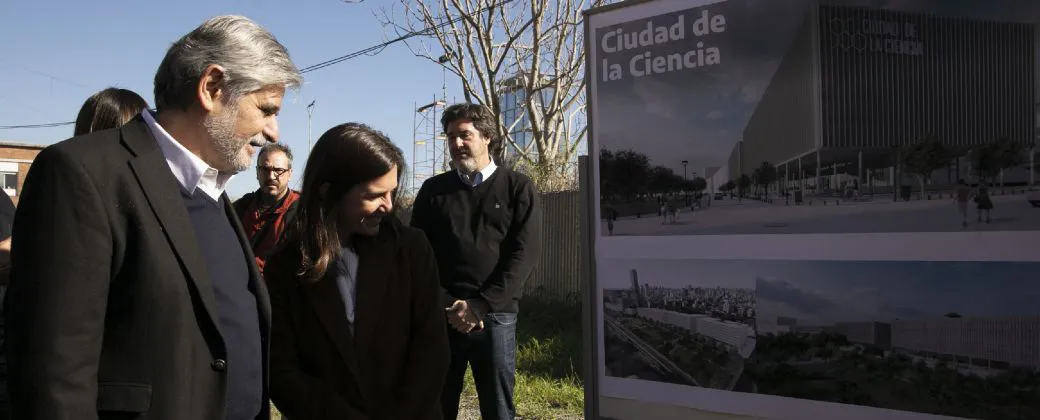A document was signed this week to create the Ciudad de la Ciencia, which seeks to increase the science-technology infrastructure and increase its diffusion nationally. The building will be an extension of the Technical Science Pole, occupying 21,000 m2, and will be built on land near the San Martín Railway in the Palermo area of the Federal Capital. Public science and technology institutions will be established there, and spaces for museums and exhibitions of the Science Culture Center (known as “C3”) will be expanded. In addition, it will have specific locations promoting the exchange of innovation and scientific organization, universities and technology-based companies.
The idea is to connect the project to the urban plan of the neighborhood by connecting the Technology Science Pole and the Science City through a linear park parallel to the railway tracks. In this sense, the objectives are to promote cultural, scientific, recreational and productive activities.
On the other hand, the project promotes the history of the train and contemplates its impact on the neighborhood and the city in general. For example, the railway cooperated with the arrival of bulk wine from the province of Mendoza to the former Bodegas Jeol, now transformed into a technical science pole.
State policy
The first level of polo was opened in 2011 under the mandate of Cristina Fernández de Kirchner. The project was born six years ago when Daniel Filmus and Nestor Kirchner went to Germany to visit the Max Planck Society, the most important network of scientific research institutes in Europe.
After the opening of the second part carried out in 2015, the building that currently houses the National Institute for Research, Technological Development and Innovation was fully erected; Coniset; Science Culture Center (C3); Ministry of Science, Technology and Innovation; and various institutes and research centers.
Team work
The initiative that allowed the extension of the pole involved the participation of the Ministry of Science, Technology and Innovation, the state company Playas Ferroviarias (which is dedicated to urban projects that integrate the railway beaches of Caballito, Palermo and Liniers with their respective areas). and ANSES.
Thus, Filmus himself was present at the Ciudad de la Ciencia presentation; Sofia Gonzalez, President of Playas Ferroviarias SA; Fernanda Raverta, Executive Director of ANSES; Mariano Regalte, National Senator from the Autonomous City of Buenos Aires; and Pablo Nunes, Undersecretary for Institutional Integration of the Ministry of Science, Technology and Innovation.
Nicholas Redamer – UNQ Science News Agency.

